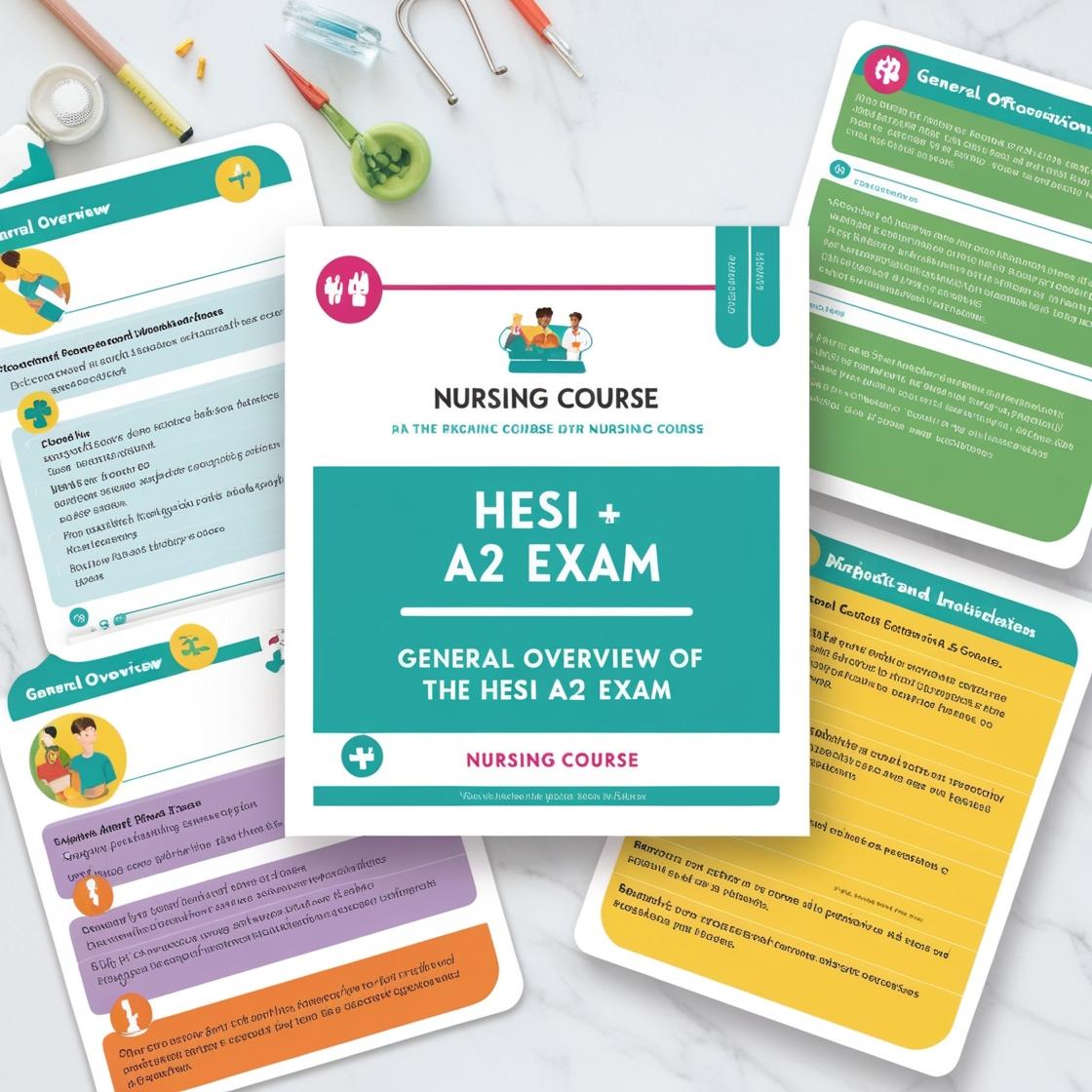HESI A2
HESI A2 Math Practice Exam
1. Sally was able to eat 5/8 of her lunch. John ate 75% of his lunch. Who ate more?
- A. John
- B. Sally
- C. Both ate the same
- D. Cannot be determined
Correct answer: A
Rationale: To compare the portions eaten by Sally and John, it's necessary to express both in the same denominator. Since 75% is equivalent to 6/8, John ate 6/8 while Sally ate 5/8 of their lunches. Therefore, John ate more than Sally. Choice A is correct. Choice B is incorrect as John ate 6/8 compared to Sally's 5/8. Choice C is incorrect as the amounts eaten are different. Choice D is incorrect as it can be determined based on the given information.
2. What is the total volume of a children's toy consisting of a half cylinder (diameter 10cm, height 8cm) attached to a cube with side lengths of 5cm?
- A. 125 cu cm
- B. 200 cu cm
- C. 275 cu cm
- D. 350 cu cm
Correct answer: C
Rationale: To find the total volume of the toy, first calculate the volume of the half cylinder and the cube separately, then add them up. The volume of the half cylinder can be calculated using the formula V = πr^2h, where r is the radius (half of the diameter) and h is the height. Substituting the values, we get V = π(5^2)8 = 200π ≈ 628.32 cubic cm. The volume of the cube is found by V = s^3, where s is the side length. Substituting s = 5, we get V = 5^3 = 125 cubic cm. Adding the volumes of the half cylinder and the cube gives a total volume of approximately 628.32 + 125 = 753.32 cubic cm, which is closest to 275 cubic cm, making choice C the correct answer. Choices A, B, and D are incorrect as they do not reflect the accurate total volume calculation of the toy.
3. Convert the fraction 7/8 into a decimal and percent.
- A. Decimal: 0.875, Percent: 87.5%
- B. Decimal: 0.78, Percent: 78%
- C. Decimal: 0.88, Percent: 88%
- D. Decimal: 0.90, Percent: 90%
Correct answer: A
Rationale: To convert the fraction 7/8 into a decimal, you divide 7 by 8, which equals 0.875. To express this decimal as a percentage, you multiply it by 100 to get 87.5%. Choices B, C, and D are incorrect because they do not represent the correct conversion of the fraction 7/8 into a decimal and a percent.
4. If Bill has 5.5 vacation days left for the rest of the year and 3.25 sick days left, how many days will he have off work if he uses all of this time?
- A. 8.75
- B. 7.75
- C. 9
- D. 6.75
Correct answer: A
Rationale: To calculate the total days off, you need to sum up the remaining vacation days and sick days. 5.5 vacation days + 3.25 sick days = 8.75 days off. Therefore, the correct answer is A. Choice B (7.75) is incorrect because it doesn't account for all available days off. Choice C (9) is incorrect as it overestimates the total days off. Choice D (6.75) is incorrect as it underestimates the total days off.
5. If 1 pound equals 453.59 grams, how many grams would a 7 lb. baby weigh?
- A. 3175.13 grams
- B. 4000 grams
- C. 4535 grams
- D. 3500 grams
Correct answer: A
Rationale: To convert pounds to grams, multiply the weight in pounds by the conversion factor of 453.59 grams per pound. Therefore, 7 pounds x 453.59 grams/pound = 3175.13 grams, which is the weight of a 7 lb. baby in grams. Choice A is correct. Choice B (4000 grams) is incorrect as it does not use the correct conversion factor. Choice C (4535 grams) is incorrect as it seems to have used a rounding error. Choice D (3500 grams) is incorrect as it does not apply the correct conversion factor.
Similar Questions

Access More Features
HESI A2 Basic
$89/ 30 days
- 3,000 Questions with answers
- 30 days access @ $89
HESI A2 Premium
$129.99/ 90 days
- Actual HESI A 2 Questions
- 3,000 questions with answers
- 90 days access @ $129.99
